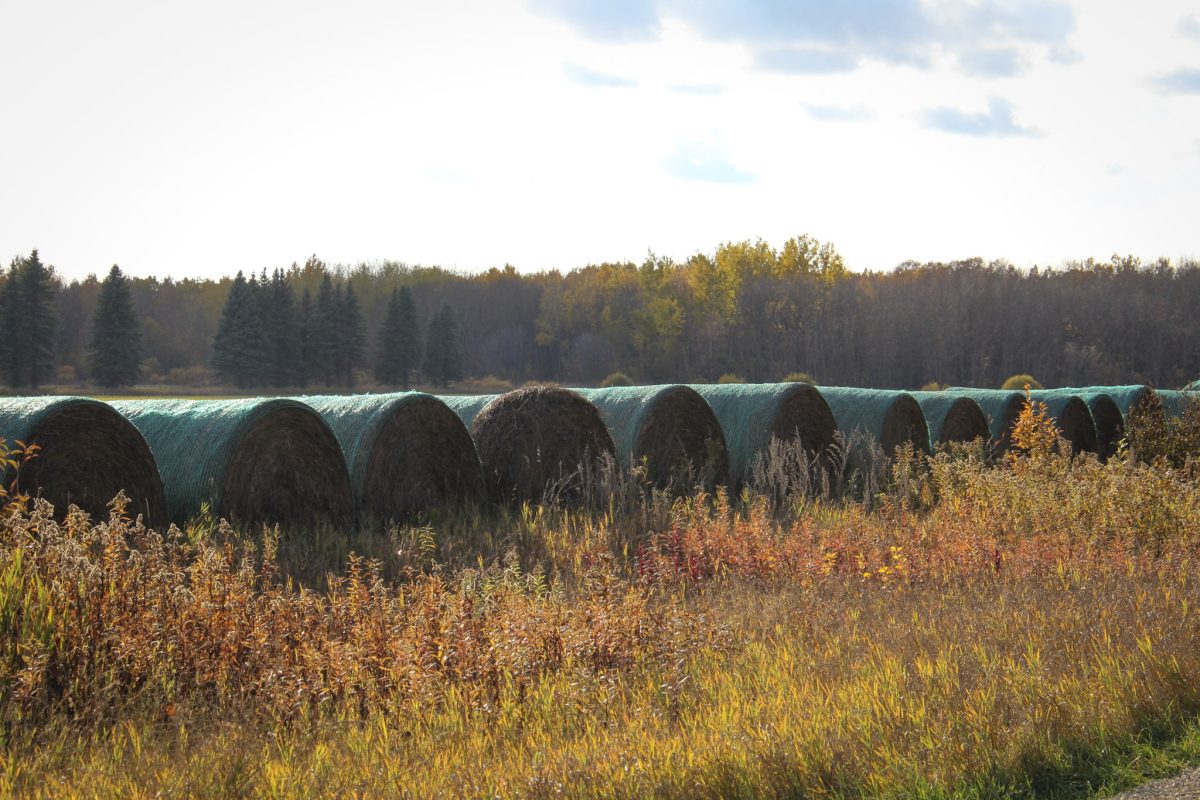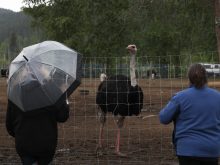Highly pathogenic avian influenza has been confirmed in a poultry flock and a non-commercial flock in separate areas of Saskatchewan.
The Canadian Food Inspection Agency said it confirmed high-path avian flu on Thursday in a small non-commercial flock in the RM of Moose Mountain, near Carlyle in the province’s southeast, and on Saturday in a commercial flock in the west-central RM of Loreburn, on the east side of Lake Diefenbaker north of Elbow.
The agency didn’t say what subtype of avian flu was confirmed on those properties. The new finding marks Saskatchewan’s first outbreak of high-path avian flu in domestic poultry since 2007, when commercial birds on a farm near Regina Beach contracted an H7N3 subtype.
Read Also

Prairie forecast: No real signs of winter yet
Forecast issued November 12, covering Nov. 12 to 19, 2025 Highlights Developing conditions suggest above-average temperatures, limited precipitation and light…
Since Thursday’s report on this website, CFIA said it has also confirmed high-path avian flu of the H5N1 subtype in:
- a poultry flock and a separate small non-commercial flock on Thursday in Alberta’s Mountain View County, between Calgary and Red Deer;
- a poultry flock in Alberta’s Warner County, on the Montana border southeast of Lethbridge, also on Thursday;
- two poultry flocks in southern Ontario on Thursday — one in the southeastern township of South Glengarry, on the St. Lawrence River just west of the Quebec border, and the other at Markham, just north of Toronto — and
- a poultry flock on Friday in Alberta’s Cardston County, also along the Montana border south of Lethbridge.
CFIA also said it had confirmed an H5 type of avian flu on Sunday in a poultry flock in the regional municipality (RCM) of Les Sources, north of Sherbrooke in the Estrie region. It didn’t say what subtype or pathogenicity of avian flu was confirmed at that property.
The findings announced since Thursday’s report on this site bring the total appearances of avian flu in commercial Canadian poultry flocks so far this year to 31 across six provinces: 13 in southern Ontario, 11 in central and southern Alberta, three in Quebec’s Estrie, two in western Nova Scotia; and one each in Saskatchewan and in B.C.’s Okanagan.
CFIA continues setting up primary control zones (PCZs) surrounding infected premises, in which all movement of domestic birds and poultry products — whether in, out or through — is “strictly controlled” and requires CFIA permits.
As of Sunday, CFIA had officially set up 23 PCZs: 11 in southern Ontario, eight in Alberta, three in Quebec and one in British Columbia. A 24th PCZ is listed as “pending.”
On top of the outbreaks in commercial flocks, officials in the past few months have also confirmed high-path avian flu in wild and/or non-commercial birds in nine of the 10 provinces. The 10th, Manitoba, said Thursday it was awaiting test results on suspected cases in wild birds in that province’s west.
Further south, the U.S. Department of Agriculture’s Animal and Plant Health Inspection Service (APHIS) since February has confirmed high-path avian flu in commercial poultry and/or backyard flocks in 29 states, including six on the Canadian border.
As of Saturday, such cases have so far been found in Colorado, Connecticut, Delaware, Idaho, Illinois, Indiana, Iowa, Kansas, Kentucky, Maine, Maryland, Massachusetts, Michigan, Minnesota, Missouri, Montana, Nebraska, New Hampshire, New York, North Carolina, North Dakota, Ohio, Pennsylvania, South Dakota, Texas, Utah, Virginia, Wisconsin and Wyoming.
Idaho’s first cases were confirmed Friday in two non-commercial backyard flocks: one in the state’s southeastern Caribou County, east of Pocatello, and one in south-central Gooding County, northwest of Twin Falls.
Pennsylvania’s first case was confirmed Saturday in a commercial layer chicken flock in that state’s southeastern Lancaster County, west of Philadelphia. Utah’s was confirmed that day in a backyard flock in that state’s northern Utah County, south of Salt Lake City.
In the rare cases where people catch avian flu, CFIA has said, it’s most likely to have been transmitted via close human contact with live infected birds, or in “heavily contaminated” environments. No evidence is known to suggest consumption of cooked poultry or eggs transmits avian flu to people.
CFIA recommends people working with poultry suspected of being infected with avian influenza, or in contact with such poultry, wear protective clothing including face masks, goggles, gloves and boots.
The disease can spread within bird populations through contact with infected birds and poultry products. It can also spread through contaminated manure, litter, clothing, footwear, vehicles, equipment, feed and water. — Glacier FarmMedia Network












